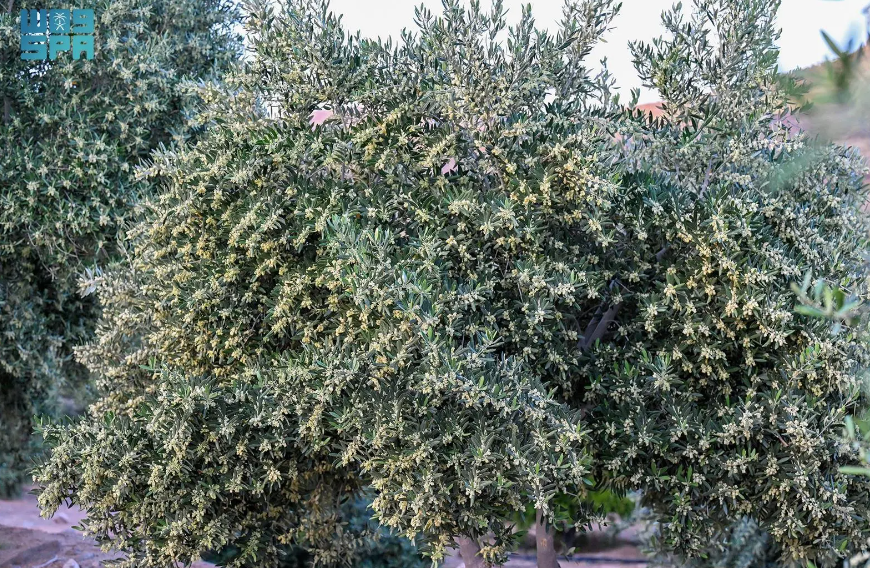This winter, ideal weather conditions in Tabuk nurtured a flourishing display of olive blossoms.
The Ministry of Environment, Water and Agriculture's regional branch reports that the peak bloom occurred in April, a positive sign for a potentially abundant and high-quality olive harvest this year.
The flowering stage is crucial for olive production, according to the ministry. By monitoring blossom health, experts can predict crop yield. Favorable weather, combined with proper tree care, significantly impacts the outcome.
Tabuk boasts over 1.3 million olive trees, generating a substantial 65,000 tons of olives annually. This includes 1,200 tons of table olives and 8,450 tons used for olive oil production. The region has a variety of olive cultivars, including Arbequina, Arbosana, Nepali, and Sourani.
In view of the economic importance of olive cultivation, the ministry supports Tabuk's olive growers by introducing advanced technologies, providing expert consultations, and organizing the annual Olive Festival.
These efforts, along with other agricultural events in the region, contribute significantly to Tabuk's thriving olive industry.
Via SPA

